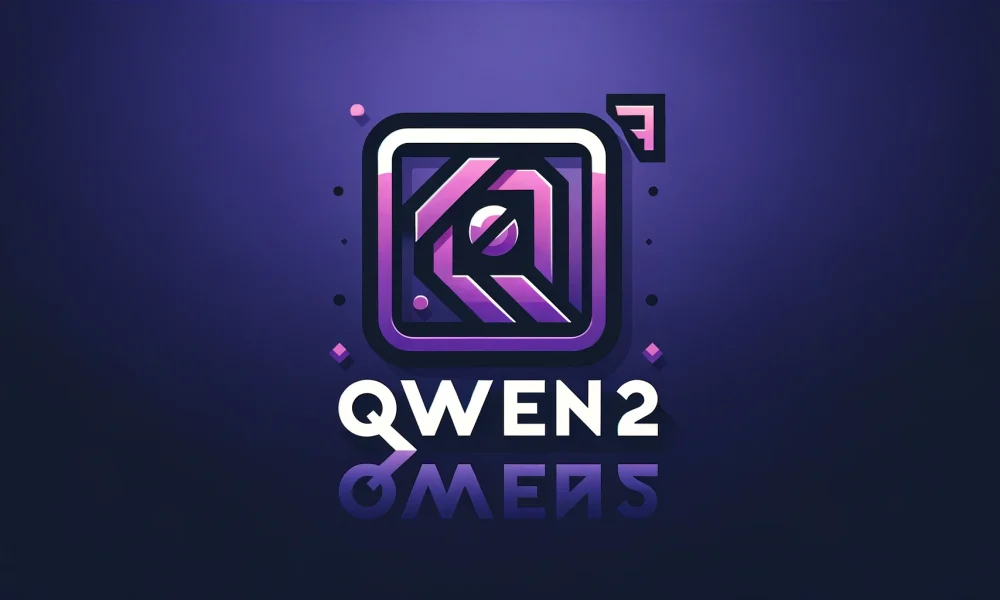The Qwen team at Alibaba has finally revealed Qwen2, the latest addition to their language model series, after much anticipation. This new model showcases cutting-edge advancements that could potentially rival Meta’s Llama 3 model. In this in-depth analysis, we will delve into the key features, performance benchmarks, and innovative techniques that make Qwen2 a strong competitor in the realm of large language models (LLMs).
Qwen2 offers a diverse lineup of models tailored to different computational demands, including Qwen2-0.5B, Qwen2-1.5B, Qwen2-7B, Qwen2-57B-A14B, and the flagship Qwen2-72B. This range caters to users with varying hardware resources. One of the standout features of Qwen2 is its multilingual capabilities, having been trained on data from 27 additional languages beyond English and Chinese. This extensive linguistic repertoire makes Qwen2 a valuable tool for global applications and cross-cultural communication.
The model has been designed to handle code-switching scenarios in multilingual contexts with ease, demonstrating significant improvements in this domain. Additionally, Qwen2 excels in coding and mathematics, areas that traditionally pose challenges for language models. It can also process extended context sequences, making it ideal for applications requiring in-depth understanding of lengthy documents.
Architecturally, Qwen2 incorporates innovations such as Group Query Attention (GQA) and optimized embeddings, contributing to its exceptional performance. Comparative evaluations show that Qwen2-72B outperforms leading competitors in various areas, including natural language understanding, coding proficiency, mathematical skills, and multilingual abilities.
Furthermore, Alibaba has rigorously evaluated Qwen2-72B for safety and responsibility, ensuring its ability to handle potentially harmful queries with care. The model also aligns with human values, showcasing trustworthy and responsible AI systems. Alibaba’s commitment to open-source licensing further amplifies the impact of Qwen2, making it a powerful and accessible tool for users worldwide. Qwen2-72B and its instruction-tuned models continue to hold the original Qianwen License, while the other models – Qwen2-0.5B, Qwen2-1.5B, Qwen2-7B, and Qwen2-57B-A14B – are now licensed under the permissive Apache 2.0 license. This increased openness is expected to drive the adoption and commercial utilization of Qwen2 models globally, promoting collaboration and innovation within the AI community.
Using Qwen2 models is simple, especially with their compatibility with popular frameworks like Hugging Face. An example of utilizing the Qwen2-7B-Chat-beta model for inference is provided in the code snippet below, showcasing how easy it is to generate text with Qwen2 models through Hugging Face integration.
A comparison between Qwen2 and Meta’s Llama 3 highlights their distinct strengths and differences, particularly in multilingual support, coding and mathematics proficiency, and long context comprehension. While both models exhibit top-tier performance, Qwen2’s diverse range of model sizes offers flexibility and scalability, potentially surpassing Llama 3 in the future.
Alibaba’s proactive efforts to streamline the deployment and integration of Qwen2 involve collaborations with third-party projects for fine-tuning and quantization, as well as optimized deployment frameworks for efficient usage in various environments. The support for API platforms, local execution, agent frameworks, and future developments in model scaling and multimodal AI further solidify Qwen2’s position as a valuable resource in the open-source AI ecosystem.
As the AI landscape continues to evolve, Qwen2 is poised to be a key player in advancing natural language processing and artificial intelligence, supporting researchers, developers, and organizations in pushing the boundaries of AI innovation. Please write again


